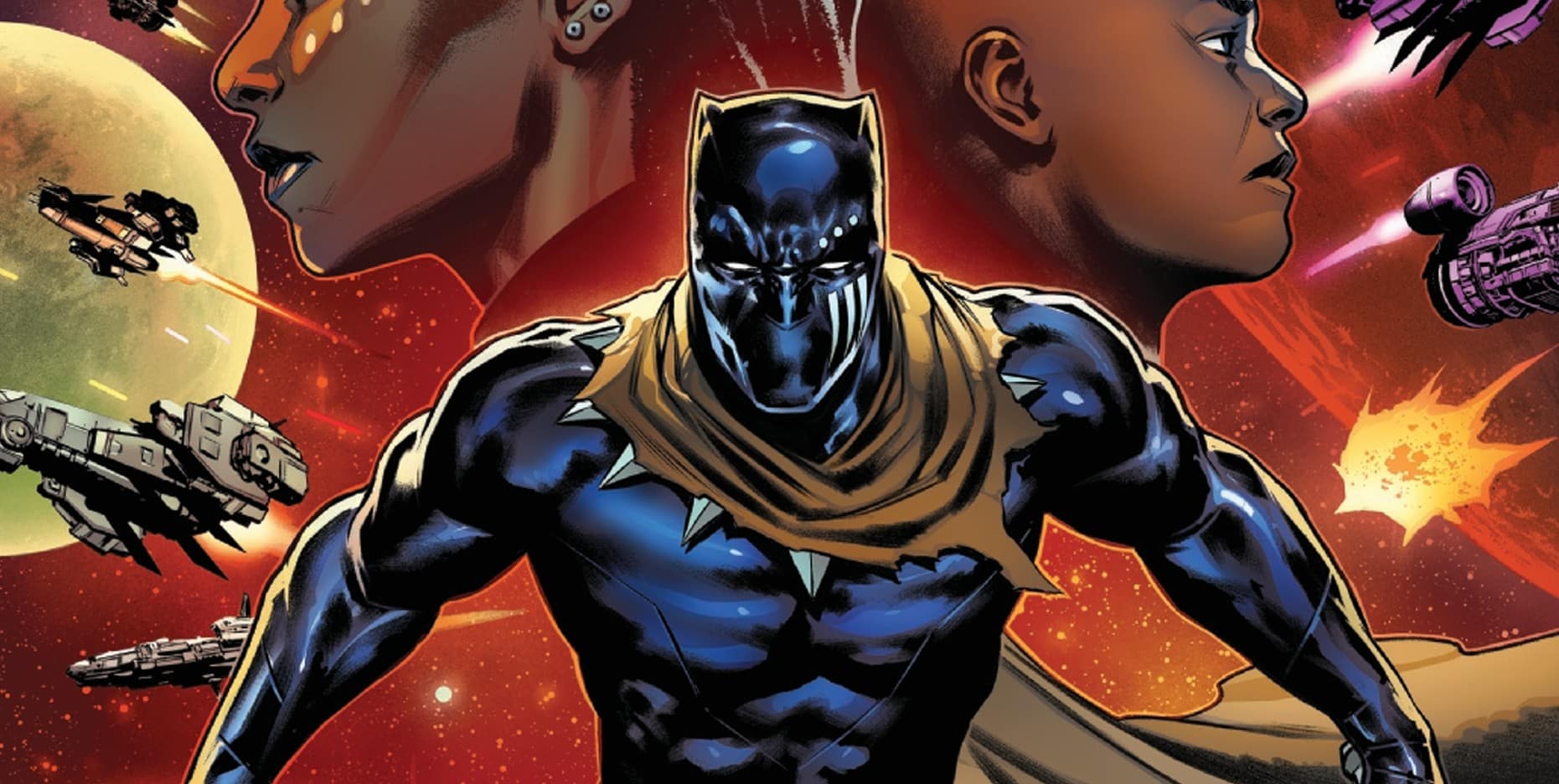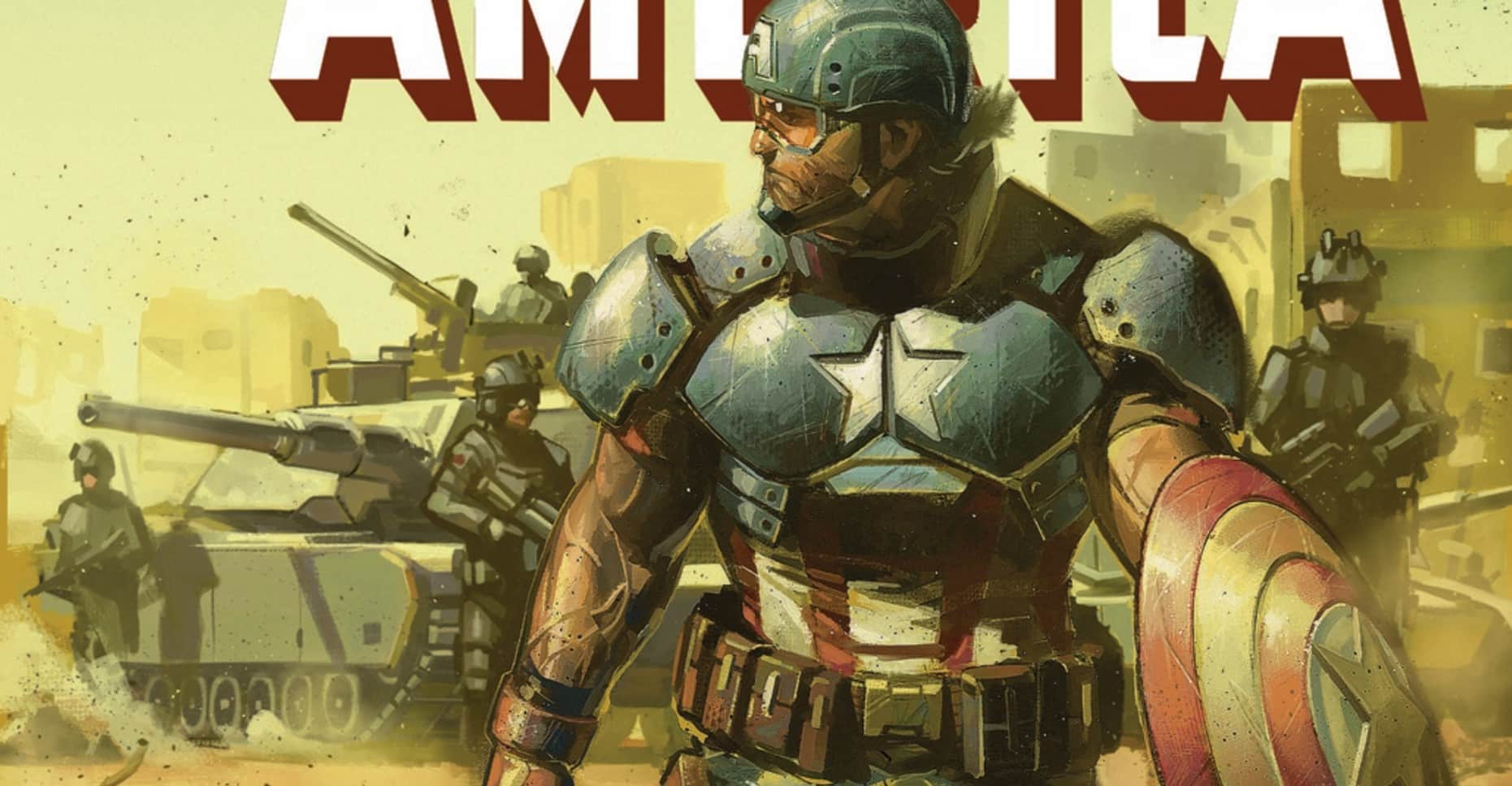Connor Young was a high school basketball star till his MS diagnosis last week. Today he feels like an ex-basketball star: nothing special. Tonight he’s an armored superhero. What will he make of his new life? Darkhawk #1, written by Kyle Higgins, art by Juanan Ramirez, colors by Erick Arcienega, letters by VC’s Travis Lanham, advice and assistance from Broke Pelczynski.
The essayist, philosopher, fiction writer and French Resistance fighter Albert Camus believed he’d be a soccer star till tuberculosis hit him hard in his late teens. The actual basketball star Maya Moore quit the WNBA at the peak of her game to work full-time for criminal justice reform. And the terrific poet Lucia Perillo aspired to a life outdoors, working for the National Park Service in California, before she discovered– right around the time of her first book– that she had multiple sclerosis.
Plans change. Values change. People get sick and find new vocations. Teenage basketball stars collapse on a daily run after the biggest game of their lives, hit their heads, and then get diagnosed with MS. Then they discover a crystal that covers them in sharp-edged, winged armor, kind of like a pointier version of ROM: Spaceknight but without the trademark dispute. That dark-blue-black armor lets them fly and punch very hard, and they fight thugs with it. With the support of their dad–and the so-far-unpredictable power of armor– they’ll have to negotiate their chronic illness, their new aspirations, and their still-secret-so-far superhero identity.
Admittedly only one teenage basketball star has ever had that particular arc, but he’s the one here. Connor Young is a jock with lots of heart, an Empire State University recruit who’s near the top of his high school social pyramid, or at least the side of the pyramid that’s about boys. We watch him– at length– get that big score. We meet his supportive dad, his friend and teammate Derek, and the clique of cool guys with bad New Wave haircuts who were basketball stars years ago and now hang around the neighborhood congratulating him and (perhaps) making trouble. Then we see him fall down and become a patient, a bandaged young man with much less control over his medical destiny than he ever expected.
These entirely-realist, no-superheroics pages– and they make up most of the book– are heavily contoured and shaded, as you-are-there as Ramirez and Arcienaga can make them. They’re the opposite of the cartoonier art that kicked off other recent first-rate teen books, from Ms Marvel to Gwenpool, and it may be no coincidence that those heroes were girls from the 2010s (keyed to girls who grew up with middle-grade graphic novels), whereas Darkhawk looks back to the Image era (when comics readers were presumed to be dudes). Ramirez and Arcienaga are hardly Image-era musclemen: their teens look like teens, and they emote like humans.
One of them also becomes a superhero: just like Chris Powell 30 years ago, Connor finds an amulet that turns him into Darkhawk. He fights a gang of armored arsonists. A bystander he saves identifies him as looking like that 90s guy Darkhawk. One of the arsonists misidentifies him, in a slap at the MCU, as “a cooler War Machine.” He gets up after taking a powerful blow, kicks the arsonists’ trio of butts, and resolves to face big change. There’s an unsurprising but effective reveal about Derek and Bad Haircut Guy. It’s all a bit afterschool special, to be sure, but it comes with fireworks, late-breaking action, and it works.
This comic doesn’t appear to have any speaking roles for any women or girls (let alone nonbinary folks). It’s a book about boys, masculinity and men, and I give it two issues to consider other genders before I give up. For now, though, I’ll take it: first issues should be judged for how well they do what they try to do, not for what they omit, Darkhawk #1 wants to present an earnest boy who becomes an awesome crime-fighter, someone readers (especially younger dude readers) want to watch. And it wants to present a very relatable kid dealing with MS. The team got advice and assistance from a real person with MS, the Brooklyn cartoonist Brooke Pelcyznski, who’s interviewed on the final page. OK, I only wish that were an “of course.” But they did it.
The creative team has promised an interview with another person who has MS each issue. Good idea.
People with MS learn that the illness varies dramatically from day to day, patient to patient, and year to year: it won’t go away just because you wish it would, and it will sometimes make you change your plans, but it won’t always stop you from doing the thing you want to do. I don’t have MS, but I care about someone who does, and she happens to remind me– frequently– of a superhero: not because she Overcomes a Disability (that’s ableist language that nobody ought to use) but because she does very cool, daring, selfless things. Darkhawk, and Darkhawk’s implied and intended readers, can learn to do that too. It’s not the most original comic Marvel has published this year– in fact, it’s often predictable in its plot beats. But it’s kind of awesome anyway. Let’s see how far it can go.
Stephanie Burt is Professor of English at Harvard. Her podcast about superhero role playing games is Team-Up Moves, with Fiona Hopkins; her latest book of poems is We Are Mermaids. Her nose still hurts from that thing with the gate.






